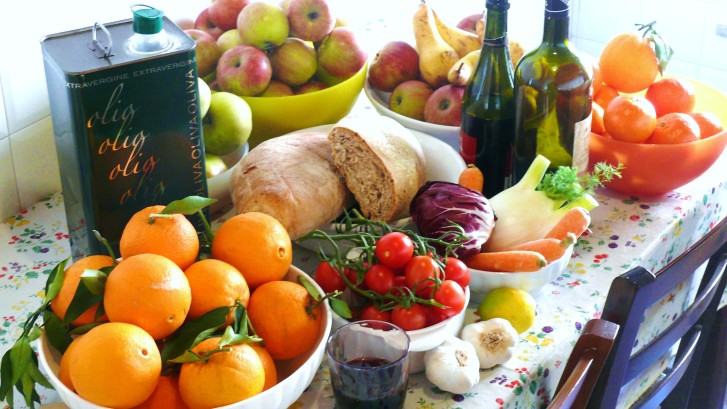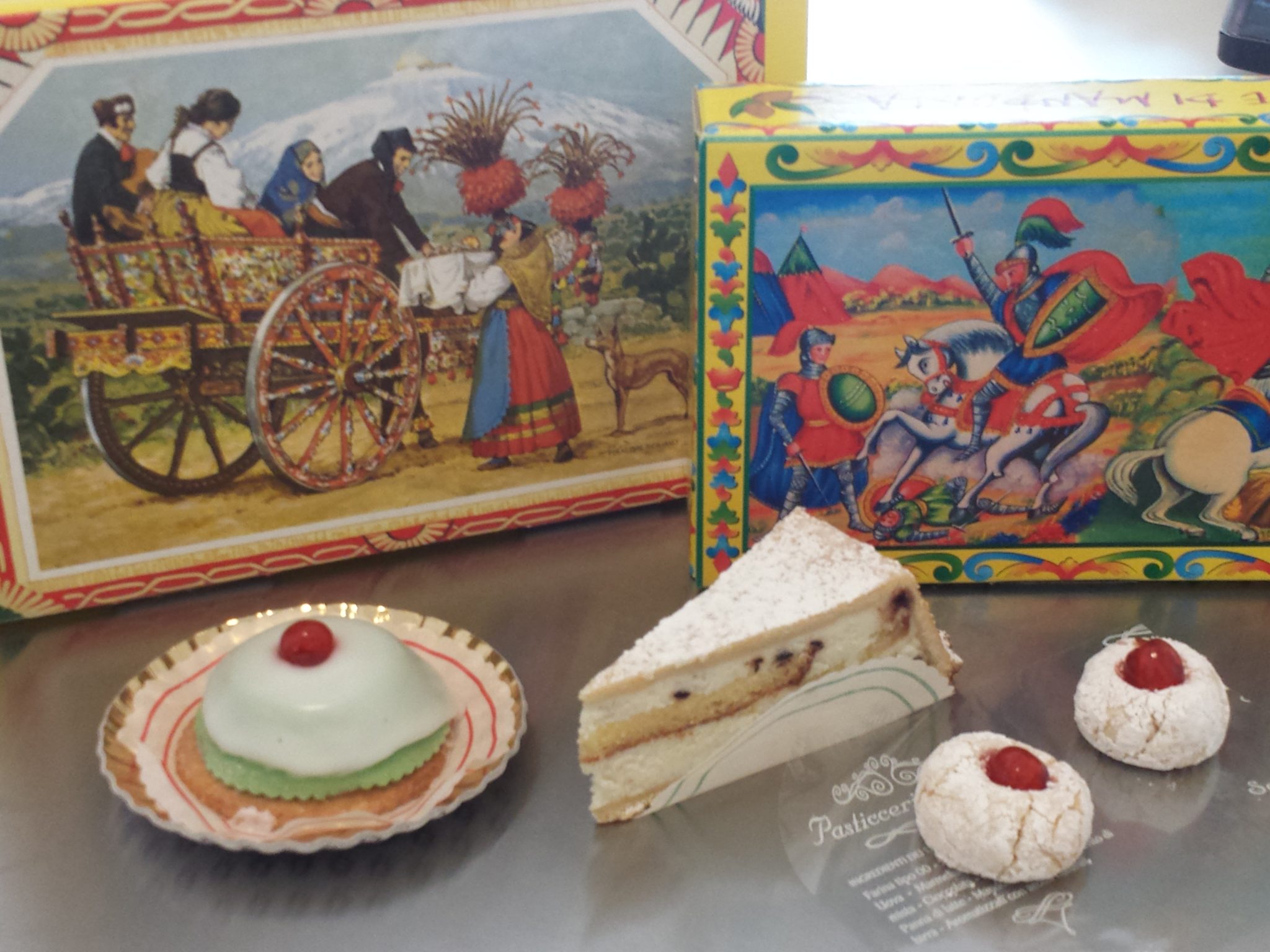 25 October 2018
Intellectual Property Unit / News_it/en
0 Comment
25 October 2018
Intellectual Property Unit / News_it/en
0 Comment
TRADITIONAL AGRI-FOOD PRODUCTS (PAT)
PAT (Traditional Agri-Food Products) are defined as the agri-food products characteristic of an area and which, in the light of a consolidated and constant local production, deserve to be exploited on the market. We are talking about local productions, concerning limited geographic areas, characterized by a seasonal offer and that do not have the strength to enter the large retail sector.
PATs are mentioned in the art. 8, paragraph 1 of Legislative Decree No. 173 of 1998, which establishes the importance of enhancing the gastronomic heritage and introduces the notion of traditional product as a type of product intended for the human diet and strictly conditioned by factors such as tradition, territory, raw materials and production techniques; the name PAT, in other words, guarantees the consumer the typicality of the product and links production and processing to specific traditional methods. In 1999, the MiPAAF, with the Ministerial Decree n.350 of 08/09/99 issued the Regulations laying down the rules for the identification of traditional agri-food products and has delegated to the regions the task of establishing specific regional lists and has established a special national list of traditional agri-food products and updated annually with the contribution of the regions.

A fundamental requirement for a product in order to be recognized as a Traditional Agri-Food Product (PAT) is to be obtained “with methods of processing, preservation and aging consolidated over time, homogeneous for the whole territory concerned, according to traditional rules, for a period not less than twenty-five years“.
Common at national level, is the subdivision of traditional agri-food products in the following sectors:
- Non-alcoholic drinks
- Fresh meats
- Condiments
- Cheeses
- Fats (butter, margarine and oils)
- Fresh pasta and bakery, pastry, biscuit and confectionery products
- Compound plates
For each traditional product an identification form is filled out with the following elements:
- category;
- name of the product, including synonyms and dialectal terms;
- territory involved in production;
- brief description of the product;
- description of the methods of processing, preservation and maturing;
- materials, specific equipment used for preparation and conditioning;
- description of the processing and preservation;
- elements proving that the methods have been applied according to traditional rules for a period of not less than 25 years.

The request for recognition as Traditional Agri-Food Product and its inclusion in the regional list, can be forwarded by private and public authorities, provided it is accompanied by appropriate historical and technical documentation.
With regard to registration, the Ministerial Decree of 18 July 2000 entitled “National List of Traditional Agri-Food Products” in accordante with the intent of the art. 5, establishes that “the name of each product, its possible synonym or dialect term can not be the subject of filing or request for registration, in accordance with current Community and national legislation on intellectual and industrial property, from the date of publication of the present Decree in the Official Gazette of the Italian Republic “. It remains, however, to clarify the management of any trademarks that distinguish products included in the appropriate regional lists but which have been subject to regular registration before the publication of the Ministerial Decree in question.
Legislation concerning traditional agri-food products should not be confused with that concerning the protection of the various gastronomic specialties that fall under the PDO and PGI production. The Community regulation on designations of origin (EEC Council Regulation 2081/92 of 14 / .07.92) is still the main reference legal framework for the valorisation of the great Italian typical products and for all the expansion and promotion of Mediterranean agri-food productions. The PAT legislation, on the other hand, protects the complex and variegated world of traditional productions characterized by elements that are difficult to apply to community parameters, the result of the work by micro and small supply chains and whose production process does not allow producers to be brought together in a real consortia.
In light of the above mentioned, the food products protected as PDO and PGI should not be included in the various regional PAT lists; if a product is registered as PDO or PGI after its inclusion in the PAT list, it will be removed from the latter.
Fabiano DE LEONARDIS
Intellectual Property Unit


